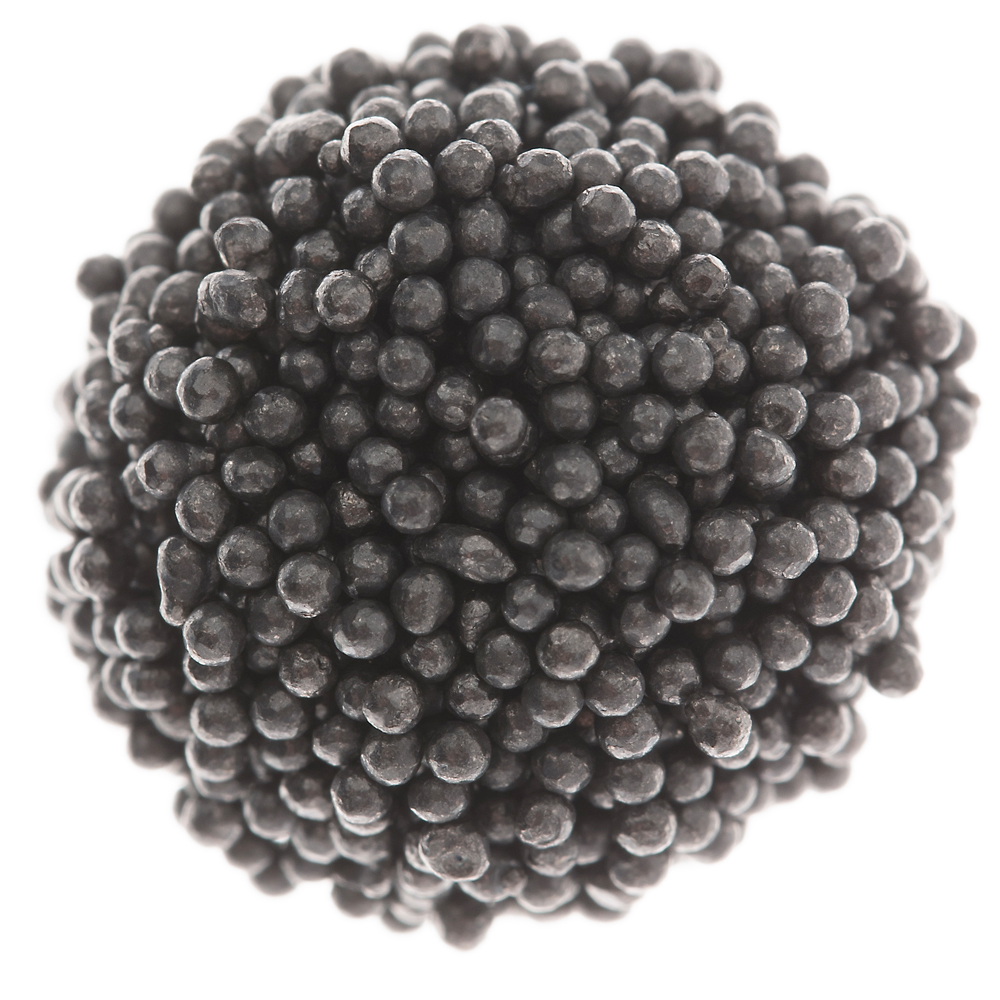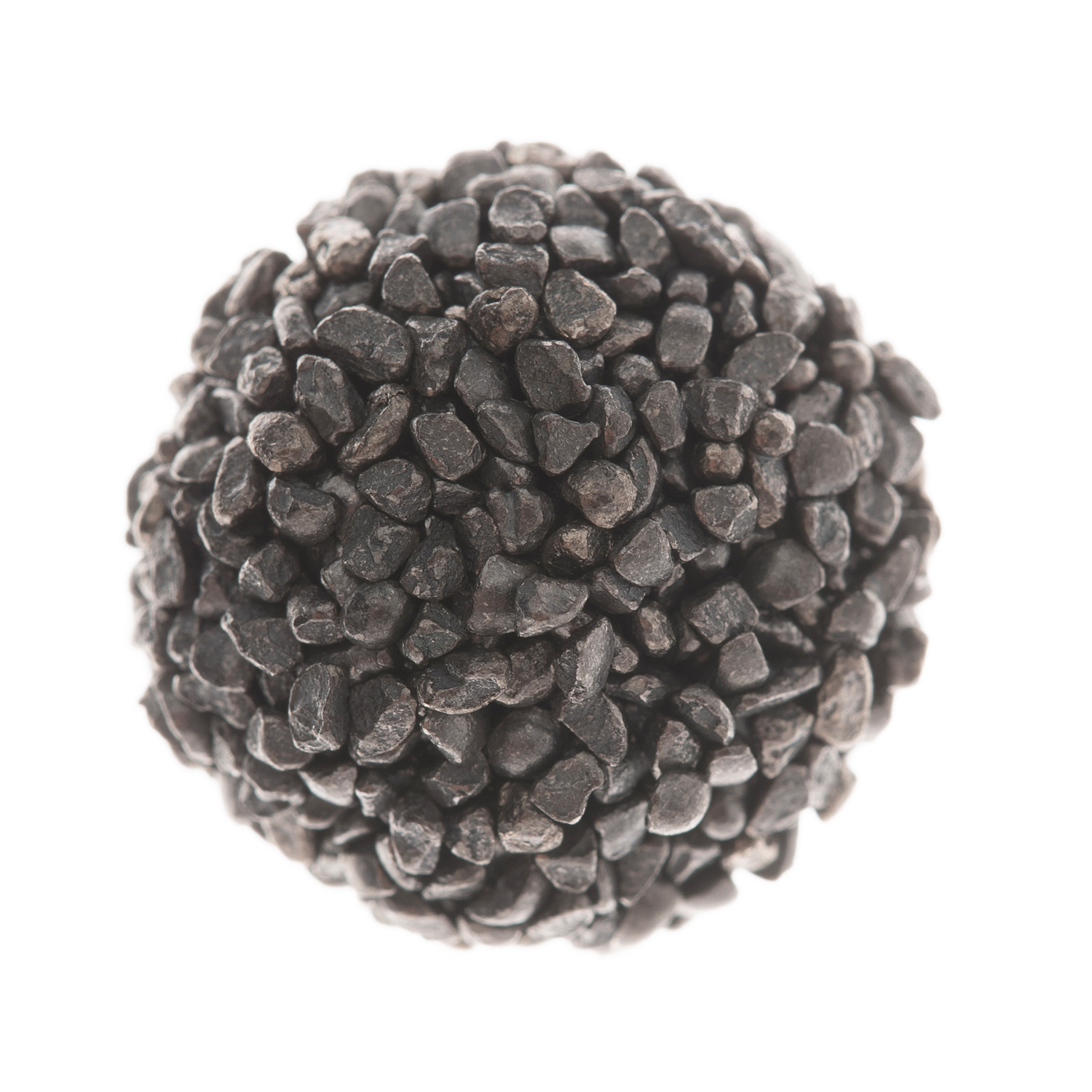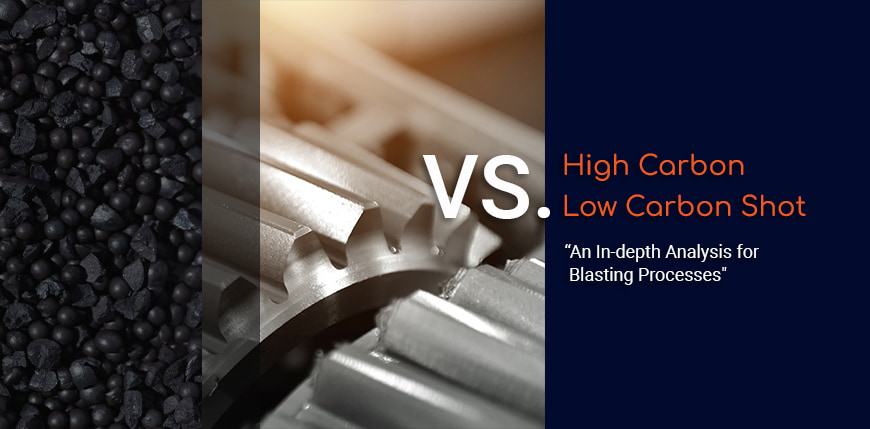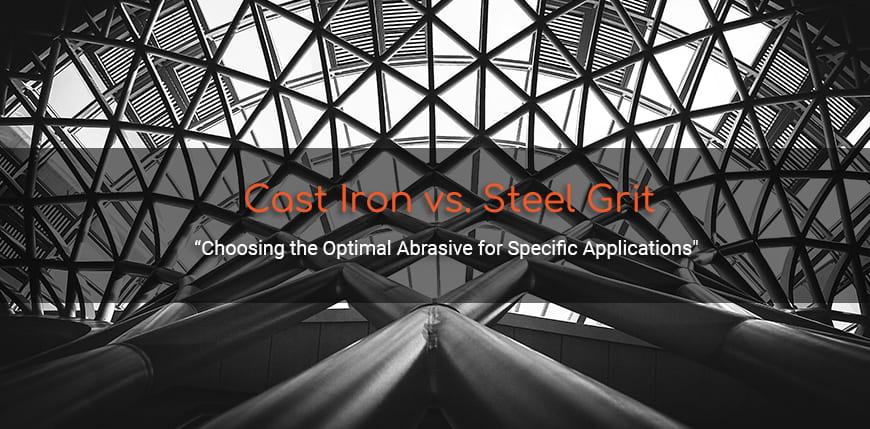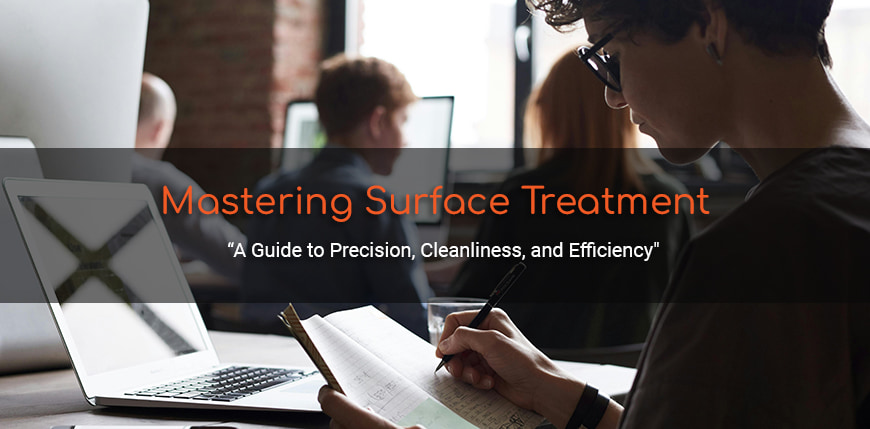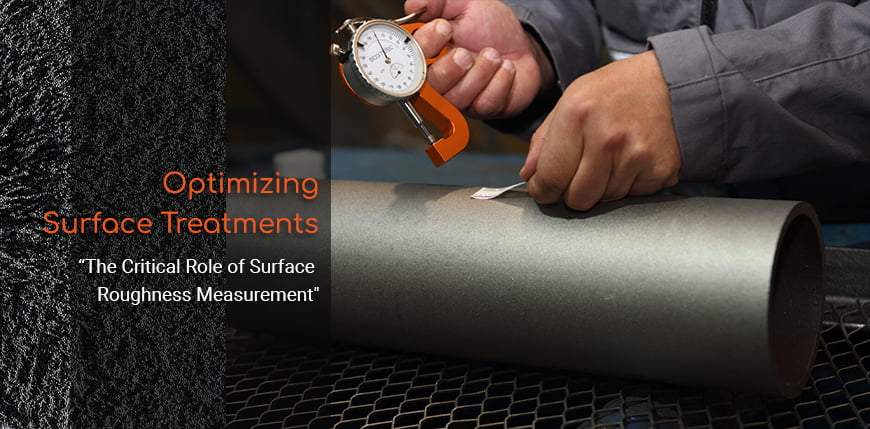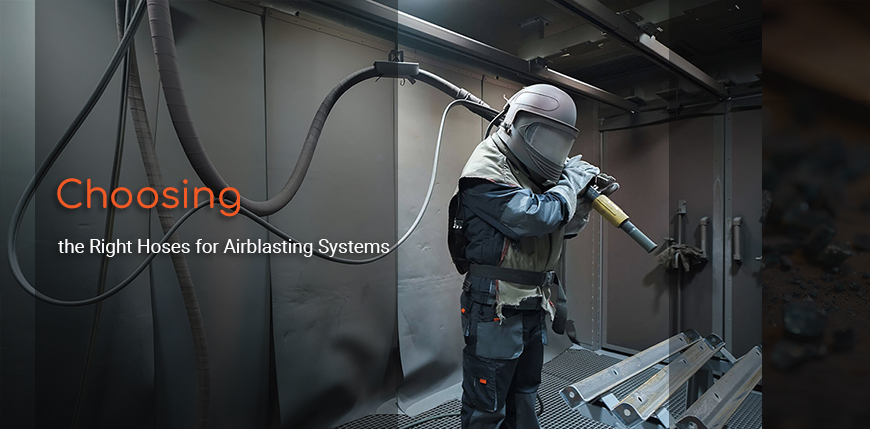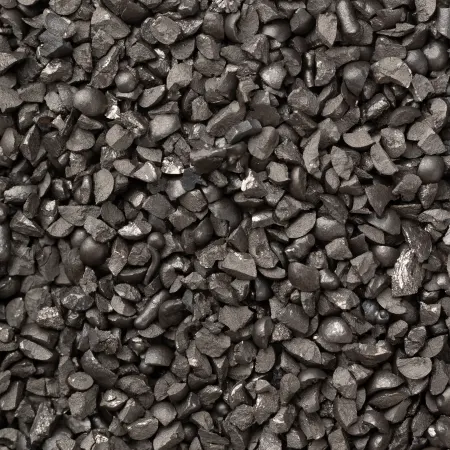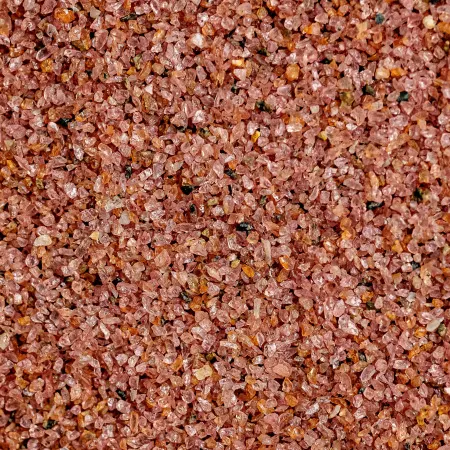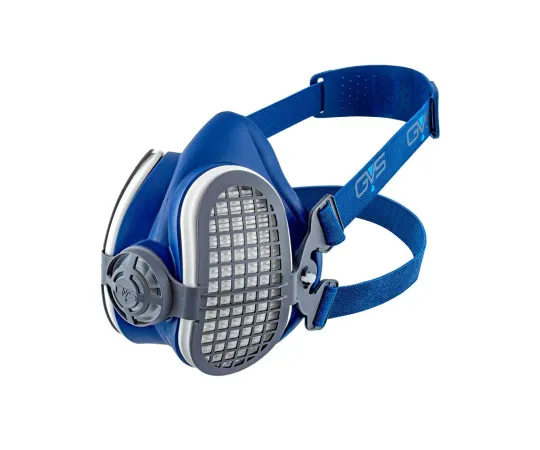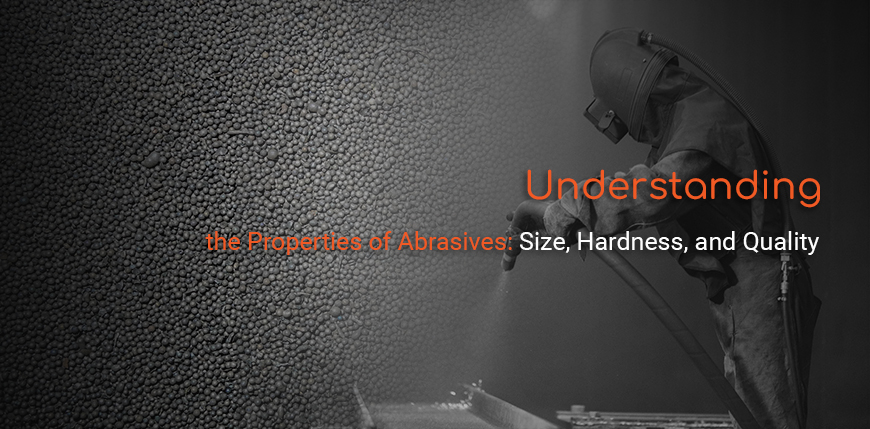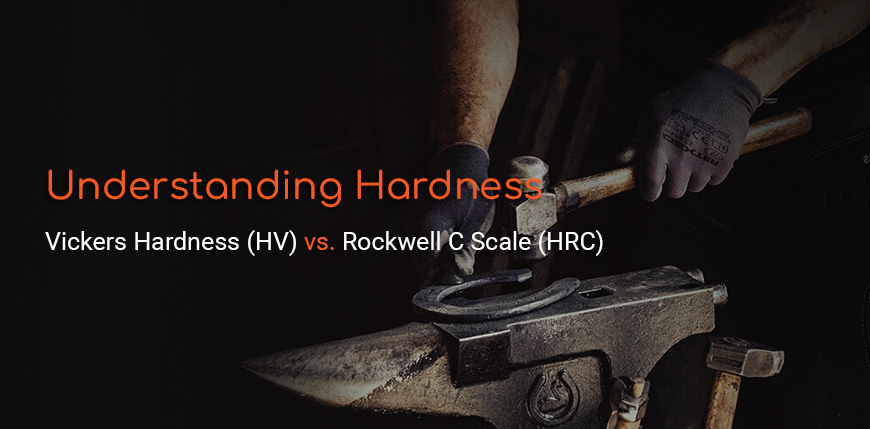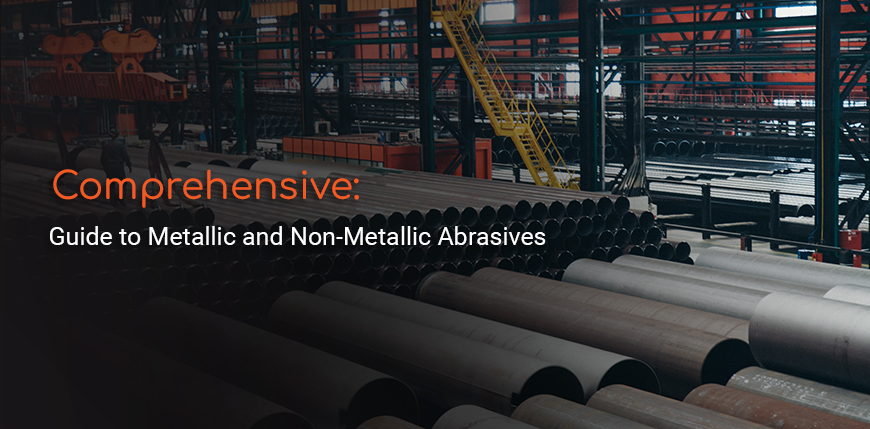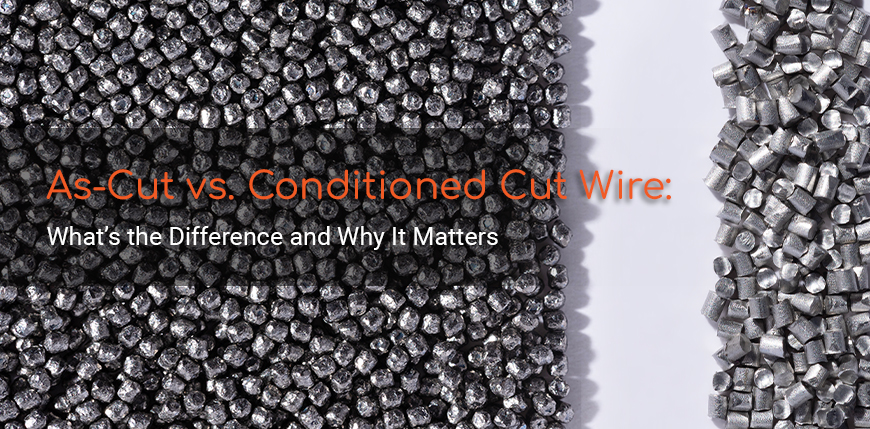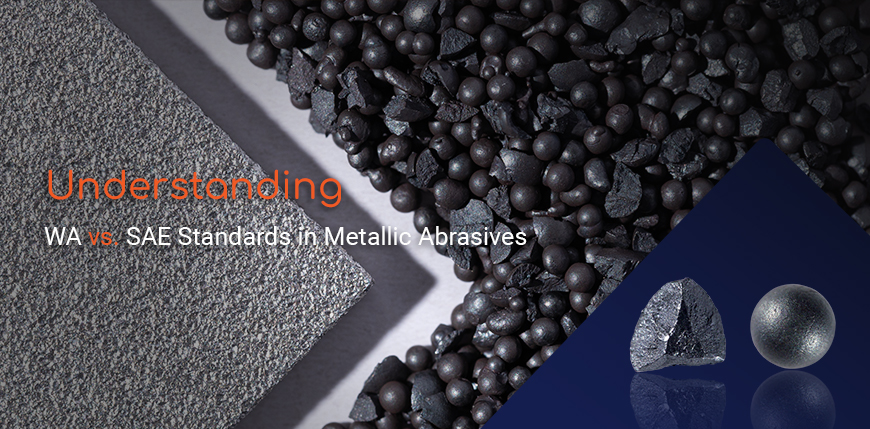
Standards play a crucial role in ensuring consistency, reliability, and performance across various applications in the surface preparation treatment. Among the most recognized standards in the industry are those set by the Society of Automotive Engineers (SAE) and WA, which is Winoa standards. Understanding the differences between these two standards can help users make informed decisions when selecting abrasives, particularly when consistency and precision are key. This guide explores the nuances of SAE and WA standards, highlighting how each impacts the quality and effectiveness of metallic abrasives.
Overview of SAE Standards
The SAE (Society of Automotive Engineers) standards were established in the early 20th century, during the rapid industrialization of the automotive industry. Created by the "Big Three" American automakers—Chrysler, General Motors, and Ford—these standards were developed to ensure that all parts and materials used in automotive manufacturing were consistent, reliable, and interchangeable across different factories.
- Historical Context: The SAE standards were born out of the need for uniformity in the automotive industry, which was growing rapidly and required a standardized approach to materials and processes.
- Key Features: SAE standards, such as S460 for shot and G14 for grit, use imperial units rather than metric, reflecting their American origins. These standards have relatively broad specifications, particularly in terms of hardness, allowing for a range of acceptable performance levels.
Example: S460 shot under the SAE standard has a specified hardness range, but this range is wide enough to allow for some variability in performance, depending on the specific batch or production conditions.
Introduction to WINOA Standards
WINOA, a leader in the metallic abrasives industry, has developed its own set of standards, known as the WINOA (WA) standards. These standards are closely aligned with SAE specifications but feature tighter tolerances, particularly concerning hardness. The goal of the WINOA standards is to provide more consistent and reliable results across various applications.
- Alignment with SAE: The WINOA standards are indexed to SAE specifications, meaning they follow the same basic framework but with more stringent criteria.
- Tighter Specifications: By narrowing the hardness range and other critical parameters, WINOA abrasives offer more predictable and uniform performance, which is especially important in applications where consistency is crucial.
Example: A WINOA S460 shot, while similar to an SAE S460 shot, will have a tighter hardness range, resulting in more consistent blasting results from batch to batch.
When to Choose WINOA Over SAE
In many cases, WINOA standard can be used in place of SAE-standard products, offering the advantage of greater consistency without sacrificing compatibility. However, there are situations where adherence to SAE standards is mandatory, such as in specific shot peening applications where the original specifications explicitly require SAE-compliant products.
- Application Flexibility: Unless the original specifications strictly require SAE-compliant products, switching to WINOA abrasives can enhance the consistency and quality of the results.
- Precision Manufacturing: The tighter specifications of WINOA standards mean that manufacturers must exercise greater precision during production, ensuring that each batch of abrasives meets the exacting standards required for high-performance applications.
Expert Tip: In industries where consistency and precision are paramount—such as aerospace, military, and certain automotive applications—using WINOA-compliant abrasives can lead to more reliable and predictable outcomes, reducing variability in surface preparation results.
Conclusion and Expert Guidance
Understanding the differences between SAE and WINOA standards is essential for selecting the right metallic abrasives for your specific needs. While SAE standards offer a broad range of acceptable performance levels, WINOA's tighter specifications provide enhanced consistency, making them ideal for applications where uniformity is critical. By choosing WINOA abrasives, users can achieve more predictable results and improve the overall efficiency of their blasting operations. Consulting with experts who understand both SAE and WINOA standards can help you navigate these options and select the abrasives that will deliver the best results for your applications.



